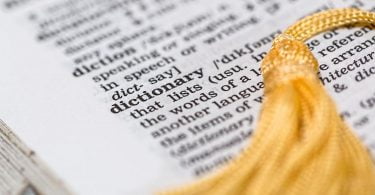By definition, feminism is the belief in the social, political and economic equality of the sexes. In a continuation of this, intersectional feminism looks at other aspects which can play a role in someone’s experience of inequality and oppression.
The term intersectional feminism was coined by American professor Kimberlé Crenshaw in 1989, who defined it as:
The view that women experience oppression in varying configurations and in varying degrees of intensity. Cultural patterns of oppression are not only interrelated, but are bound together and influenced by the intersectional systems of society. Examples of this include race, gender, class, ability, and ethnicity.
You can apply an intersectional perspective to every feminist issue, and within your daily lives, because every experience can be affected by multiple layers of oppression.
For example, taking the highly discussed topic of the gender wage gap, an intersectional approach reveals that while women earn less than men, women of colour earn proportionally less than white women. If you look at issues of harassment, LGBT+ women are more likely to experience violence than straight or cisgender women.
Why is intersectionality important?
Intersectional feminism is important, because without it we can never achieve equality for all. The criticism of mainstream, white, or Western feminism is that is only serves to benefit a select few (typically straight white cisgender middle class women).
Personally, I believe that all feminism should be inclusive and intersectional, yet not everyone agrees. There are some people, including those who identify as feminists, who discredit intersectionality. Recently, Germaine Greer has been criticised for comments about trans* women, showing a non-intersectional approach that has seen her labelled as trans-misogynistic.
There is no one-size-fits-all feminism, and no one way to be a feminist. But by opening up your feminist views to take other factors into account, you begin to look beyond yourself and at the ways other women experience oppression differently. Only by doing this, can you help support all women and work towards greater equality.
Intersectional feminism is about recognizing that oppression affects everyone differently – and standing together.
— sad girl (@_courtkneelove) October 20, 2015
intersectional feminism should honestly be the only feminism you include yourself in pic.twitter.com/8rfMTUi6VK
— georgina (@caIumhaIsey) October 11, 2015
How can you practice intersectional feminism?
In the WTF is Intersectional Feminism??? episode of MTV Braless, the top three tips are to:
1) Examine our own privileges
2) Listen to each other
3) Practice feminism through a broader, more inclusive lens
To break that down, if you would like to make your feminism more intersectional, the first step is to examine your own experiences. Whoever you are, you most likely experience some kind of privilege. These are the aspects of your identity which place you in a greater position of power within society, and can include race, gender, class, ability, and sexuality. Only by checking your own privilege, can you begin to recognise the different experiences of others who don’t hold the same privilege.
It’s important to listen to, and never speak for, those who don’t have the same privilege. You can be an ally to others, and recognise the intersections that have shaped their experience, but only they can tell their own story. If you’re in a position of power, why not use that position to raise the voices of those who may be going unheard?
By listening and learning, together we can break down the systems of oppression and challenge the ways in which it affects everyone differently.
We ALL can do it TOGETHER! #Intersectional #Feminism for the win. pic.twitter.com/b1gHV95Ebd
— Kerri Lyn (@GoddessKerriLyn) October 13, 2015
As a final note, don’t forget that nobody is perfect and everybody makes mistakes. Many of us are guilty of forgetting about our privilege and letting it shape our actions, but what makes the difference is those of us who try to correct our mistakes and better our actions in the future.
Let us know what intersectional feminism means to you in the comments below, and if you would like to submit a question for our Ask a Feminist feature, or get involved by answering one, please email women@kettlemag.co.uk.








